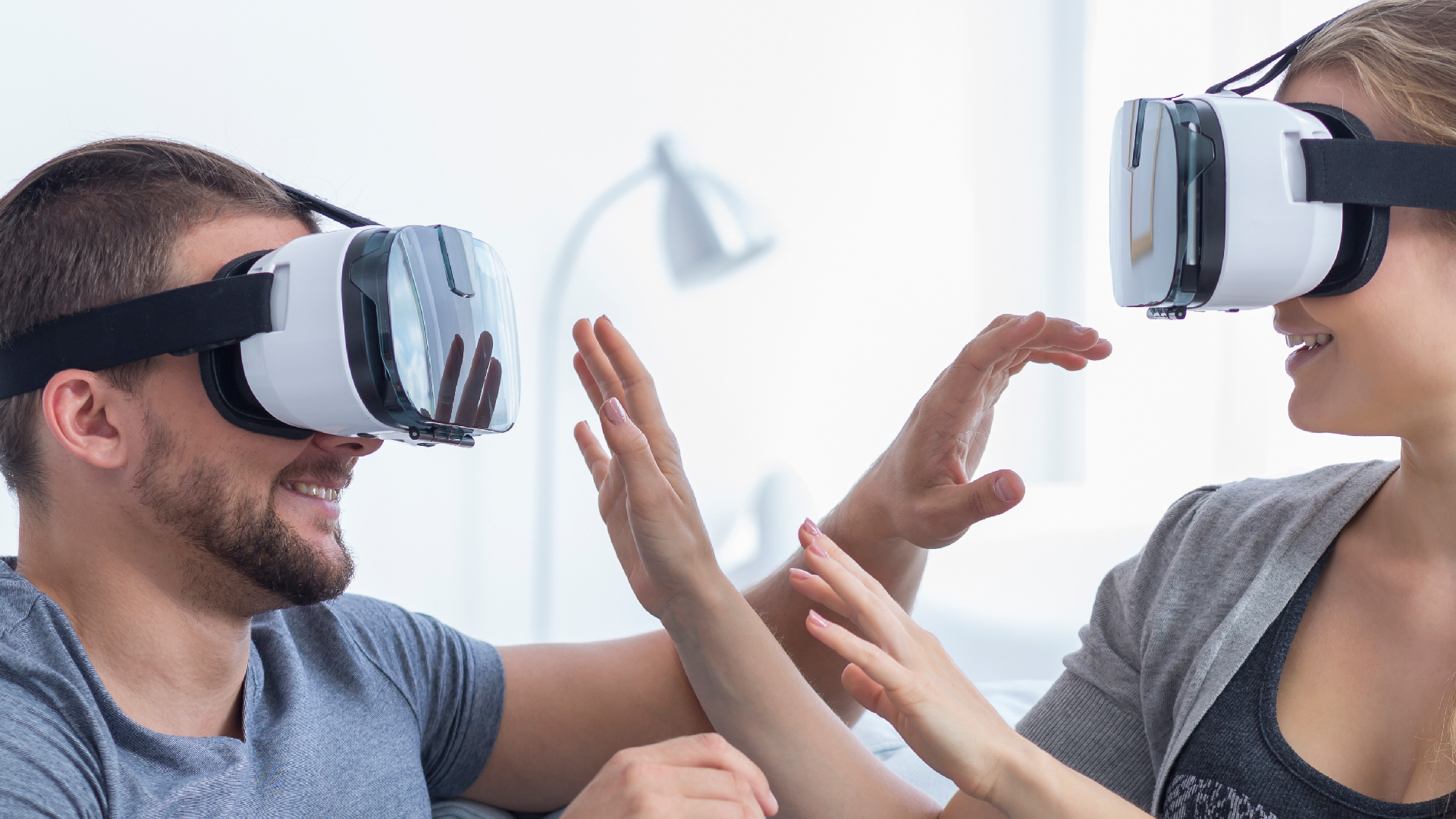The rapid advancement of technology can be both a blessing and a curse. Of course, we are all waiting for the day that we have robots to solve all our problems, but at the same time, the pace at which these progressions are occurring can sometimes feel overwhelming. It’s difficult to keep up with the dizzying pace of technological advancement, and sometimes it feels like you wake up in a different world from one day to another. Remember, though, you’re not alone. Even the technology that we now use every day, like computers, cars, and antibiotics, were once new and confusing. However, the jobs of scientists and researchers is not only to develop new technologies, but to ensure that they benefit the public, and there’s no point to research if it isn’t shared.
That’s why we, your friends here at ARinMED are here: to set the record straight on the technologies of Virtual Reality, Augmented Reality and Mixed Reality. What are they? What’s the difference? And, most importantly, what can they do?

Virtual Reality (VR)
Virtual reality (VR) is the probably the most common of the three technologies we’re talking about in this review. The concept of VR has been around for a while, with the first VR Helmet originating in 1961 by Corneau & Bryan. The requirements for something to be considered VR is that the virtual display covers the user’s eyes and blocks out any real-world visual stimulus. Thus, it provides a supplemental virtual reality, usually powered by a PC, game console, or even a smartphone. It uses realistic visual scenes, combined with audio and sometimes other sensory stimuli to immerse the user completely in the most believable virtual world possible.
VR’s biggest challenge is tricking the human brain. Brains are pretty good at knowing where their respective bodies are in space, a sense known as proprioception. It is very difficult to provide a real enough virtual stimulus that the brain is fooled into accepting it as reality, especially when the user already knew that the experience would be virtual, and has the feeling of the headset to ground them. As such, VR is not fully immersive. However, the public seems to love using it for gaming. Some of the products currently on the market for this kind of experience are the Oculus Rift, HTC Vive and the Playstation VR.
Medicine’s got its fair share of VR applications. Psychiatry is a field that implements VR for people with claustrophobia, PTSD, pain management for burn victims, rehabilitation, and meditation. There are also applications in other fields, including surgical training and even helping people with disabilities or patients who cannot leave their homes. The medical field has surely benefited from the VR experience, but it has its limitations, not the least of which being reports of motion sickness. While there are ways to combat many of these problems, it is still a limited platform.
Augmented Reality (AR)
AR, or augmented reality, is the platform that this blog is dedicated to, and so naturally we are not biased toward it in the slightest. We have previously explained what it is; but to recap, AR is an experience that melds the real world with a visual image. It can be as simple as overlaying numbers or text data over the image one sees through a camera, or as complex as simulated screens, objects, animals or even GPS Tracking. AR lets you see the real world, but with an augmented addition of digital images and information with which the user can manipulate or interact. Some analysts have speculated that AR could potentially influence the lives of the general public as much as, if not more than, VR devices. We couldn’t agree more!
So, what are the applications for medicine? They are practically endless! Academic classes, surgery broadcasting, Parkinson’s rehabilitation, Autism spectrum disorder therapy, augmented vision, anatomy atlases, and even radiation detection. Physicians are constantly discovering new and exciting ways to implement Augmented Reality into medicine. AR program developers are being called to develop novel technologies and applications for AR, and headset manufacturers are working to develop innovative, light-weight headsets. Microsoft’s HoloLens is on the cutting edge of this curve, but other companies are hoping to catch up, including Apple and Google. We anticipate that one or more of these headsets will hit the market soon; and when they do, we believe they will be met with great reviews!
Mixed Reality
Our final topic of discussion for this review is Mixed reality (MR). MR combines the best of both AR and VR into a single, marketable, easy to approach technology. MR will allow the user to work in a real setting using the physical environment that surrounds them, much like AR. The 3D virtual image that appears will be interactive, appearing and behaving as it would in reality, and is constrained by its physical environment in a way that AR is not. MR is anchored to physical objects. Think of a 3D beating heart that you can rotate and view as it is beating to see how it works. The INSIGHT Heart App we reviewed earlier is one example of this.
With mixed reality, you get to bring a virtual workspace (or gamespace) into your real-world environment. You might be looking at an ordinary table in your real workspace, but with MR, you can anchor in an interactive virtual image from a CT Scan 3D Rebuild, or even a holographic patient to examine with Holoportation.
You can walk around it and move closer and farther away from it. The concept is nothing short of amazing. While many products are being developed, we still expect to have to wait a bit longer for commercial versions. However, we’re sure that they will be worth the wait!
There is a debate about the difference between AR and MR, and which techniques or developments belong to augmented reality and which belong to mixed reality. The lines between them are often blurred, since the technologies are so similar, and those lines will likely change depending on who you talk to. ARinMed expects both terms to be interchangeable for quite some time, and we generally refer to both AR and MR under an umbrella term of Augmented Reality.
However, we want our readers to be aware that both terms are being used in the field of this technology, and to be able to recognize the differences between the two is currently not entirely important. What does matter is that both AR and MR have unlimited potential in the medical field!
Let us hear your thoughts, opinions and ideas in the comments section!








[…] Windows 10 OS. If you’re hazy on the differences between AR, VR, and MR, you can check out this post we made that outlines the differences before reading the rest of this article. However, what this […]
[…] It goes without saying that this is a delicate procedure. The eye is a sensitive, fragile area! However, it’s one of the most frequently used procedures in ophthalmology, and training for it is therefore imperative. With this in mind, researchers from the Universiti Malaysia Perlis and the Department of Ophthalmology from Hospital Tuanku Fauziah, both located in Perlis, Malaysia, have designed a new and exciting augmented/mixed reality training for the procedure, called the Phacoemulsification Cataract Surgery Training Simulator. (Reminder: If you would like to review the differences between Virtual and Augmented Reality you can do it HERE.) […]